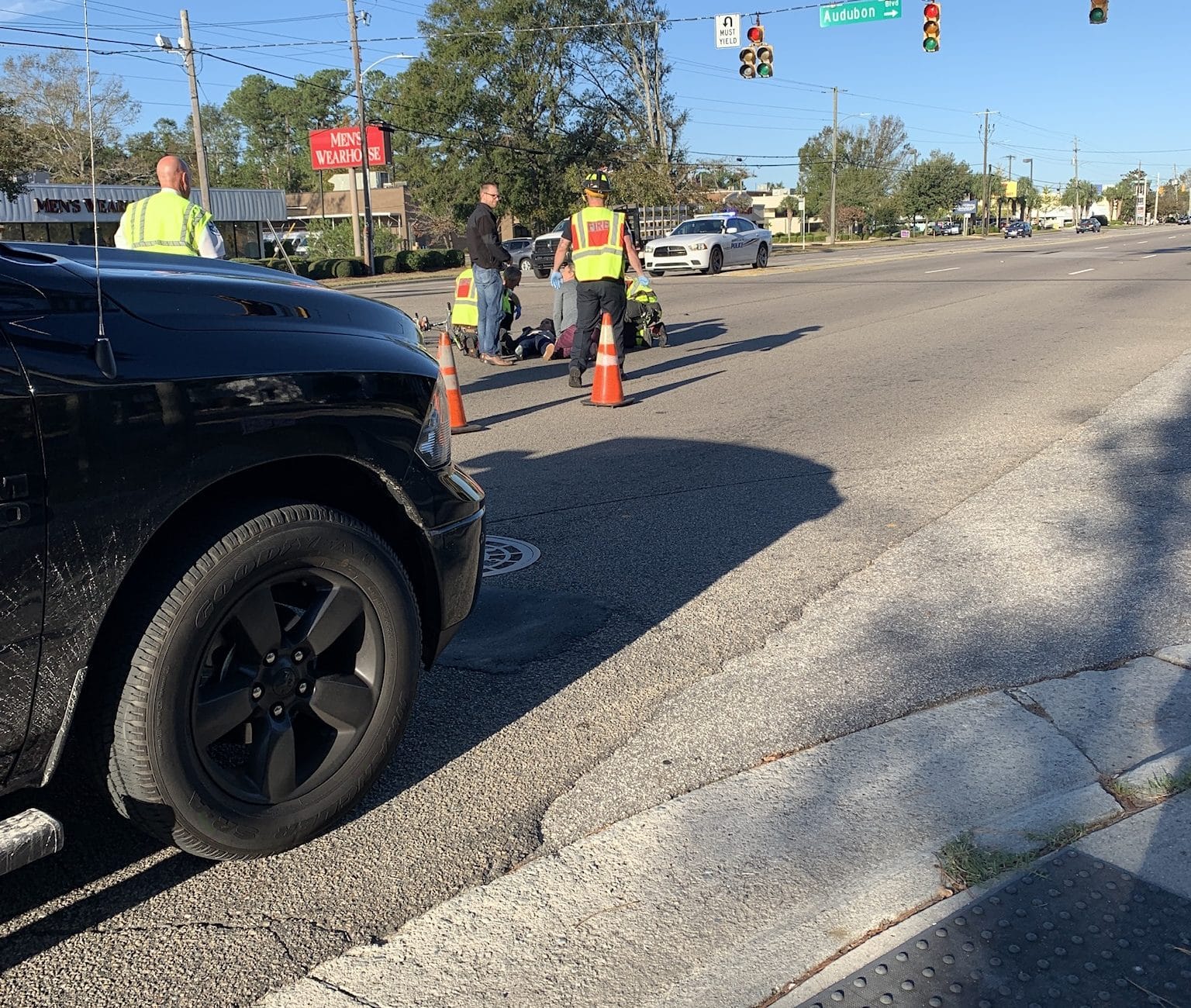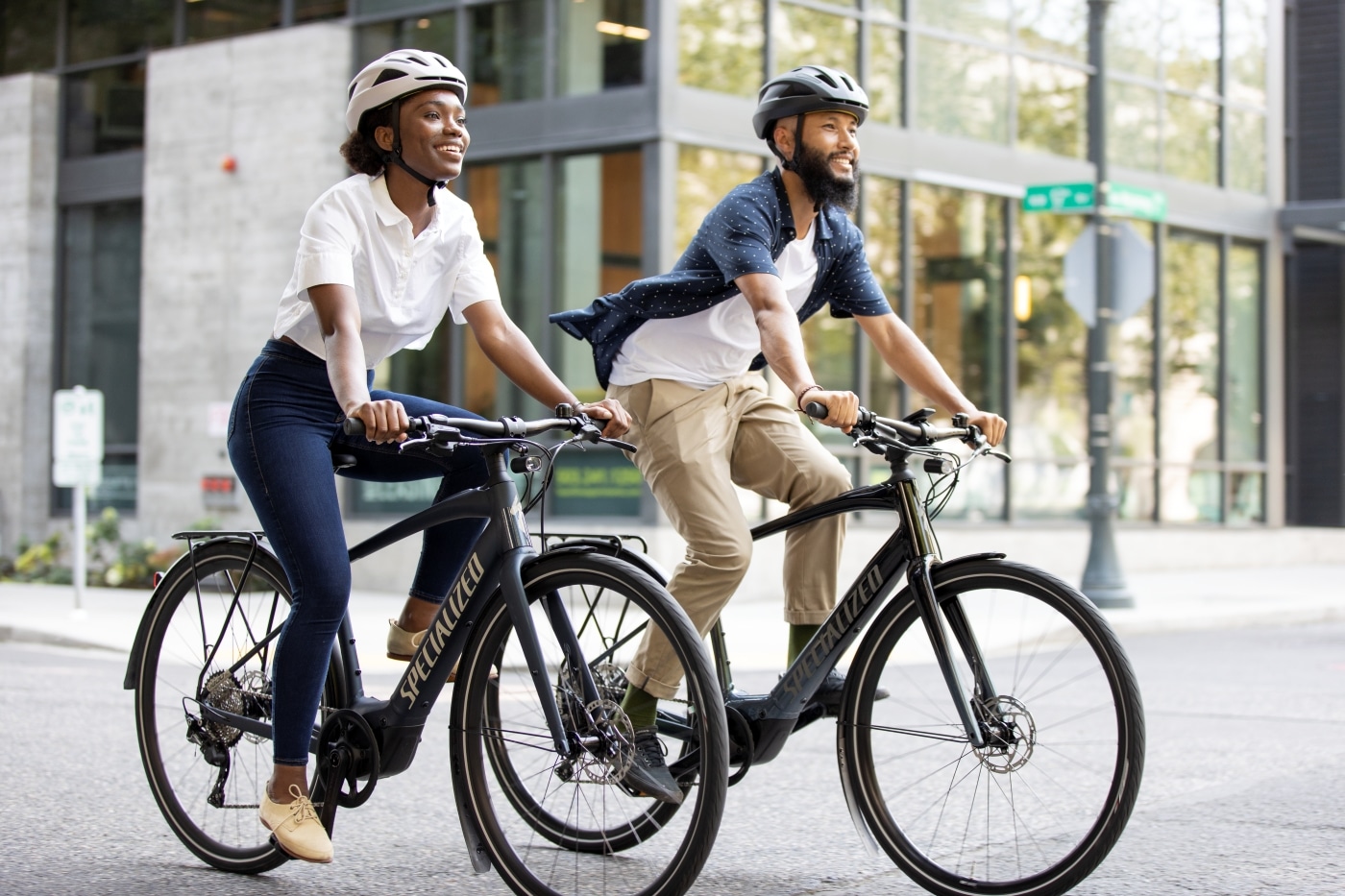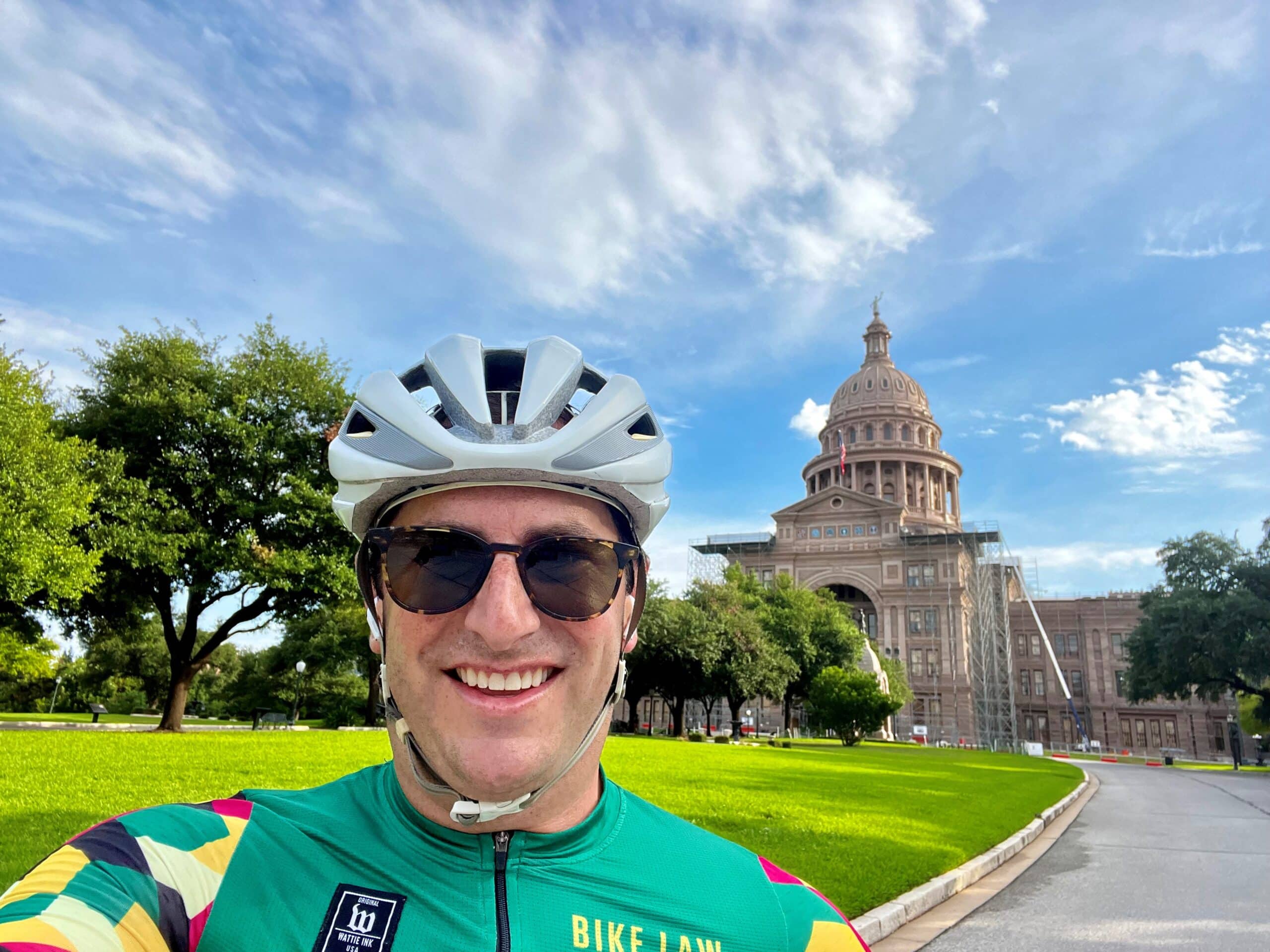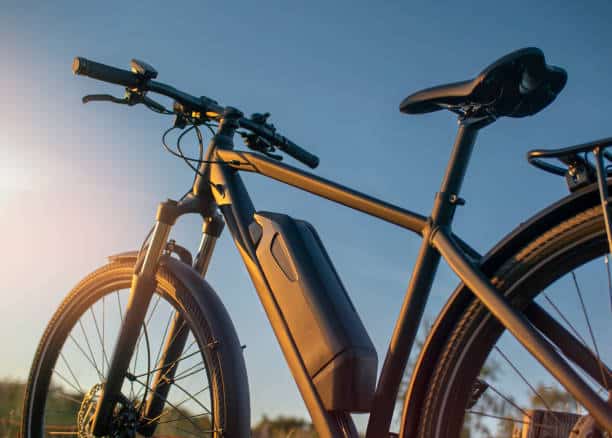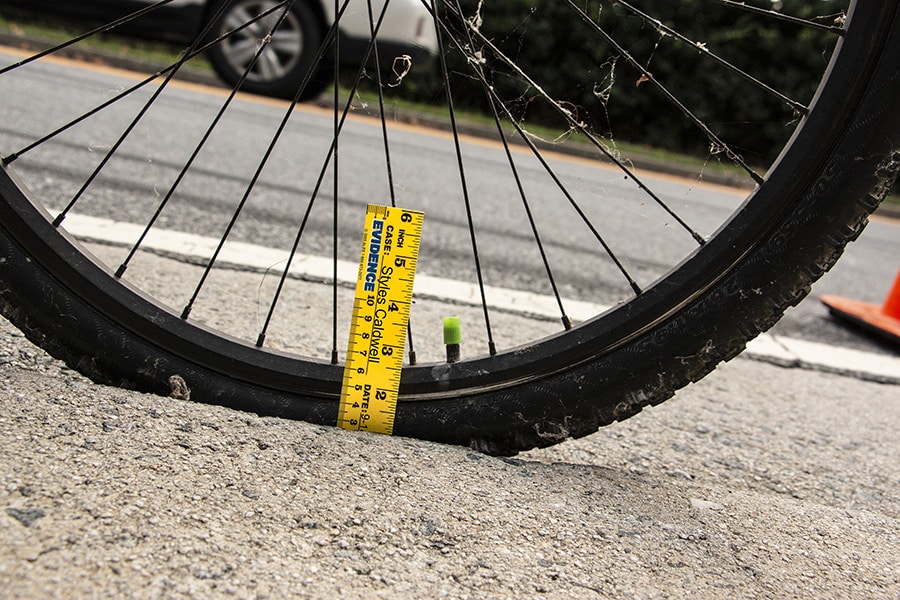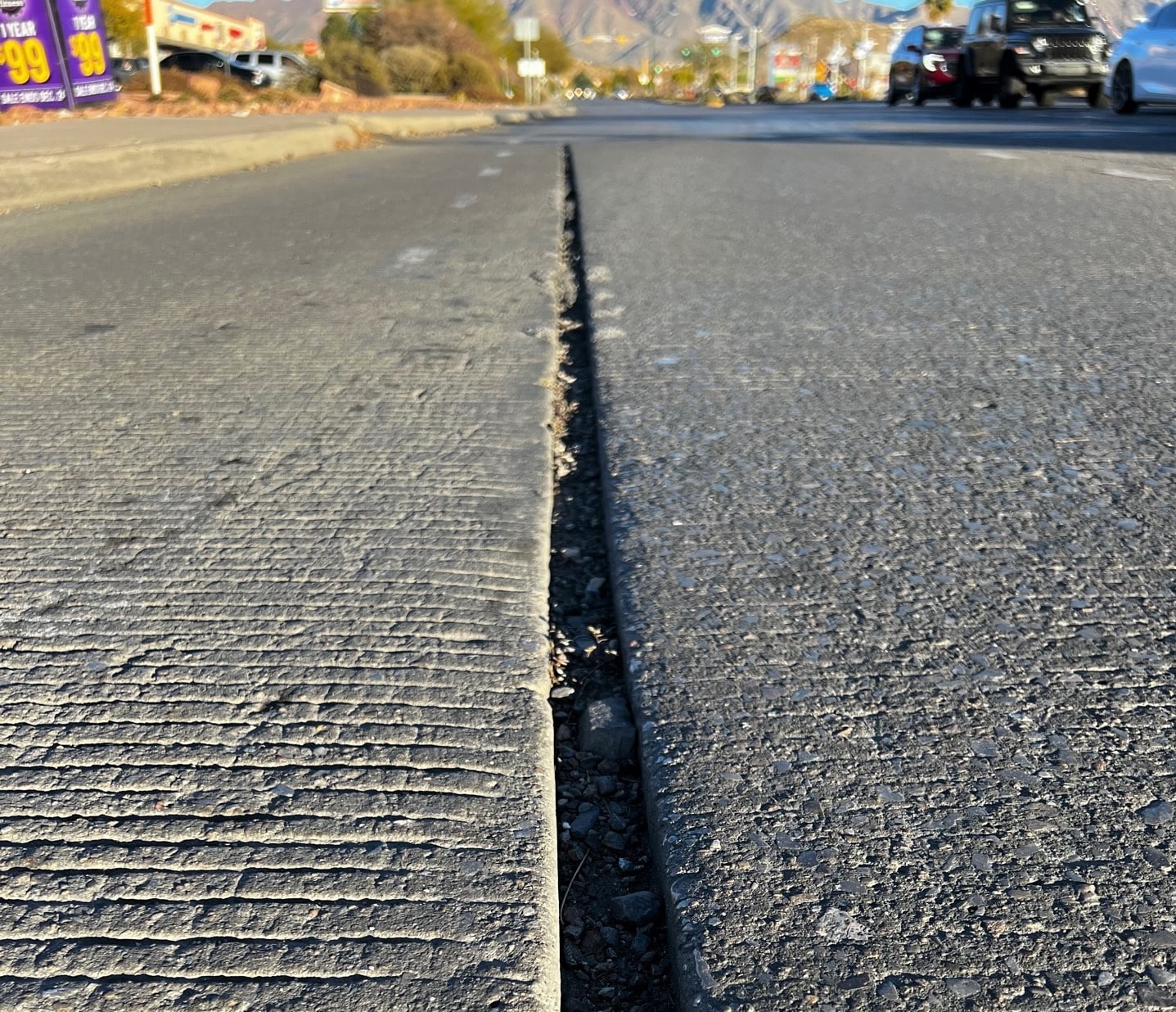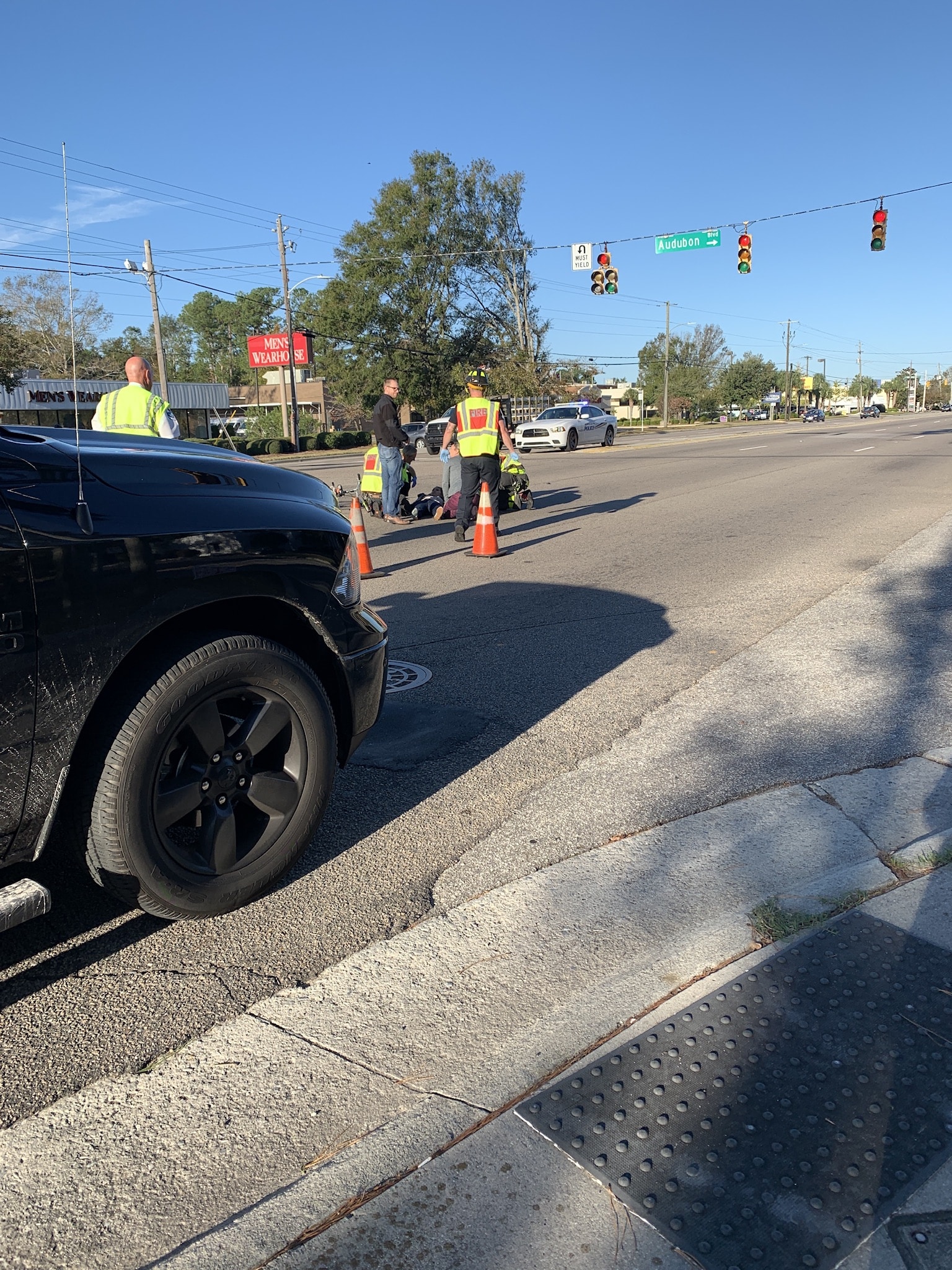A win against Contributory Negligence
Unless you’re a very recent follower of ours, you’ve heard us talk before about “contributory negligence.” To recap: “pure contributory negligence” is the law in North Carolina and only 3 other states (Alabama, Virginia, Maryland). In pure contributory negligence states, if a person is injured by someone else’s fault and the injured person contributes even the tiniest percent (1% is enough) to their own injuries, they collect no damages. In “comparative fault” states, the injured person’s damages are reduced by the amount of their fault.
North Carolina’s contributory negligence law applies to everyone, but as you can imagine, it has an especially unfair impact on injured bicyclists. People draw certain conclusions, based on their life experiences, when you tell them about road collisions. For example, if you’re in your car and hit from behind, everyone assumes the driver coming from behind is at fault. If you then add that the person who was hit from behind was on a bicycle, the outlook shifts; they assume that the bicyclist had at least some fault – they weren’t where they were supposed to be, they should have gotten out of the way, etc. It takes a lot of work and experience to dispel these notions and, in North Carolina, the failure to do so properly usually ends badly for the bicyclist.
Contributory negligence reared its ugly head, as it always does, in a bicycle case we tried last week to a jury in Cumberland County. We beat it.
First, the history of the case
The crash took place in Wilmington, North Carolina, on Oleander driver. The driver was driving West on Oleander and ran a red light. Our client, on her way to her graduate school classes, was planning to cross Oleander on her bicycle. She arrived at a red light at Lincoln, the crossroad of Oleander, stopped, put her foot down, and waited. Her light turned green, and she rode forward. She made it past at least 3 lanes of East bound traffic before the driver ran through the red light at 45 mph and slammed into her.
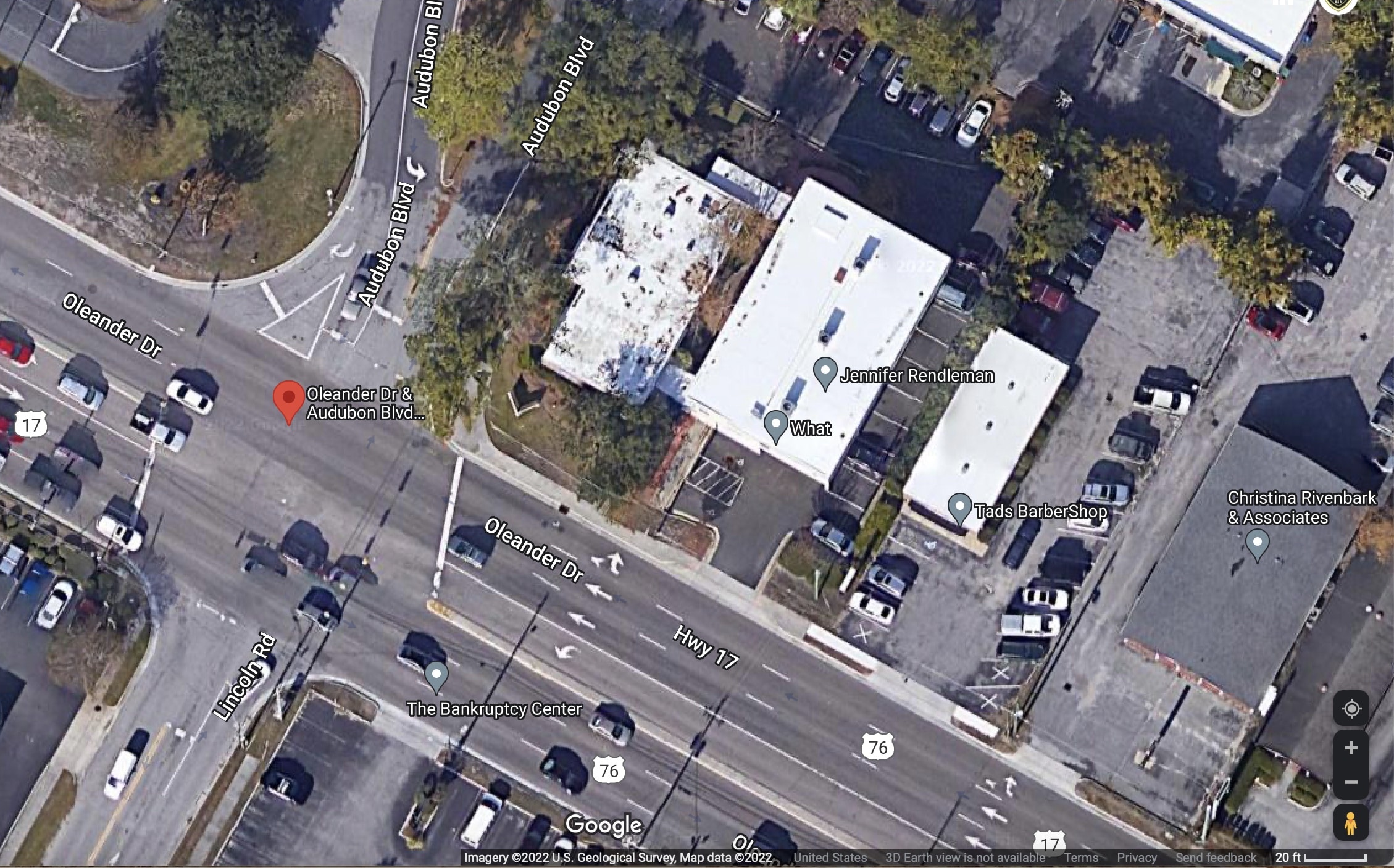
Unfortunately, the bicyclist suffered a concussion and memory loss. The last thing she remembered was her light turning green, looking to make sure it was safe, and going forward. Her next memory, a brief one, was from the ambulance ride and then nothing until later while she was in the hospital. The driver and her passenger told the officer at the scene that their light was yellow. Based on that information ONLY, the officer wrote our client a ticket!
It gets worse: a young woman was walking from a parking lot to her job when she saw the crash. She saw the bicyclist crossing on the green light, saw stopped cars at the intersection and saw the driver blow past the stopped cars and plow into the bicyclist. As the driver continued driving through the intersection, the young woman ran to help the bicyclist and called 911. The young woman tried to give the officer her information and he never wrote it down. The only reason we knew she existed was that, very shortly after the crash happened, the bicyclist’s parents visited the various businesses in the intersection. They knew that people had come to their daughter’s aid and wanted to thank them. The receptionist at one of the businesses, told them that their intern, the young woman, had seen the crash.
Another woman’s name had made it onto the officer’s report, but he misstated what she told him. The officer said that the witness told him that the driver had the right of way. When we talked with the witness, and her passenger, she insisted she had told him the other way around: that the bicyclist had the right of way. She signed an affidavit to that effect and traveled to Fayetteville to testify at trial.
The first step was to make sure that our client was able to get the traffic ticket dismissed. With her stellar driving record and affidavits from the two women, and the one passenger, the New Hanover County District Attorney’s office threw out the case.
We then turned our attention to the civil case to attempt to resolve it. Long story short, there were some negotiations, but the defendant driver never took responsibility for running the red light. Over time, she told several different stories about where she was when, she claimed, the light turned yellow. She did not know what lane she was in or whether there were other cars in front of her or beside her. She did not see the bicycle rider until the moment of impact so could not say anything about what the bicyclist was doing.
On November 14, we started the jury trial.
The two women both came to Fayetteville to testify. The young woman testified first and was consistent with her earlier statements that our client’s light was green, that other cars on Oleander were stopped, and that the driver hit the bicyclist. Her testimony wasn’t without a hitch though, as she somehow remembered our client being in a crosswalk (there wasn’t one). We showed her some photos, including one she had taken, which refreshed her recollection.
The other woman really struggled to understand the questions and what was being asked of her. She testified that our client had the right of way and the green light, and that the driver “was trying to beat the yellow.” She didn’t realize, apparently, that the bicyclist’s light couldn’t possibly be green while the driver’s was yellow. The only explanation we can think of is that she heard the trial opening statements and drew some new conclusions in her head. Thankfully we had the statement she wrote for us just a few months after the crash.
Our client was the only other person we had available to testify about what happened, and she didn’t have much to add, because of her concussion. She testified that she traveled that route daily to school and had never run a red light and never had any trouble crossing the intersection. Before ever riding to school, she had visited a local bike shop to ask about the best route to take and bought lights and other safety gear for her bike. We hoped that there was no way anyone would believe this very meticulous person would jump a red light to cross 6 lanes of rush hour traffic.
The defense presented the driver and her passenger as witnesses. The passenger clearly never saw any kind of light before the collision and was repeating what her friend told her. The driver told her third story about when the light turned yellow. (The first two were in her deposition). The defense also called a traffic engineer to talk about the timing of the lights. We thought he was helpful to us, in that he established (1) there was no way the driver’s light could be yellow if ours was green (seems obvious, but you never know!), (2) if the young woman witness was seeing a green light, then the opposing light, for the bicyclist, was also green, and (3) it was possible for someone on a bicycle to trip the light.
The charge conference and verdict
The charge conference is arguably the most boring part of the trial. It’s where the lawyers and judge confer about the law that is to be given to the jury to use to decide the case.
The charge conference is also a part of the trial where it critical to have an experienced “bicycle attorney.” Not understanding the operation of bicycles and the interaction of bicycle operation and the law can be fatal. I have tried cases where the defense has no idea how a bicycle operates nor fully understands the law as it pertains to bicyclists, and I have been able to educate the judge on both of those things.
As we often do, we asked the judge in this case to NOT instruct on contributory negligence. The judge felt that, based on the law, he had no choice, and we lost that battle. That meant, for us, a very long closing argument, explaining what contributory negligence really means and what it does not mean. I told the jury that riding a bicycle is not contributorily negligent, no matter how they themselves, feel about riding a bicycle on the road. I told them that not being able to anticipate, when you leave a green light, that someone who is at that point probably a hundred yards away is going to approach and blow through the red light, is not contributory negligence. And I told them that not wearing a disco ball on your head (or reflective clothing in the middle of the day, as the defense often argues) to alert people who aren’t looking to your existence, is also not contributorily negligent.
We also had to dispel defense arguments that we knew were coming, based on the property damage. As a result of the crash, the driver’s side mirror had been broken off, there was a dent in her door, and a dent to the rear of the car. The defense argued that this meant that the bicyclist had run into the side of the car. That seems logically impossible, with the bicyclist likely going 10 mph and the driver at 45 mph, but it’s hard to argue without an expert engineer and the case didn’t warrant us hiring one. We knew, however, that you can’t taco a rear bicycle wheel by ramming headfirst, perpendicularly, into the side of a rock-hard obstacle. I told jurors that it was much more likely that the driver hit the front of the bike (also bending the front wheel), and that the car’s momentum, spun the bike around and dragged the bicyclist along the side, smashing the mirror and denting the side in several places. My argument about this, pre-trial, felt like beating my head against the wall. Thankfully, the jury got it.
The verdict
It took the jury 2 hours to come back with a verdict. They had one question for us during their deliberations, which was to ask for all photographic evidence that had been introduced. We sat, holding our breaths, as the clerk read the verdict. (This process takes about 10 minutes and seems like 2 hours).
On the first question: Did the defendant, by her negligence, injure the plaintiff? Answer: YES
On the second question: Did the plaintiff, by her own negligence, contribute to her injuries? Answer: NO
To think that when we took this case, our client had a ticket for running a red light. It was a 3-year battle that ended with a win against contributory negligence. The jury decided that the defendant should, finally, take responsibility for her negligence. But with way more effort and disruption to our client’s life than necessary.
Once again, it is time to put this ridiculous law to bed and enact the much fairer law of comparative fault. We don’t mind taking responsibility for our own actions, but insurance companies have used the extremeness of this law to their advantage to the point where it is difficult, if not sometimes impossible, for injured people to seek justice.
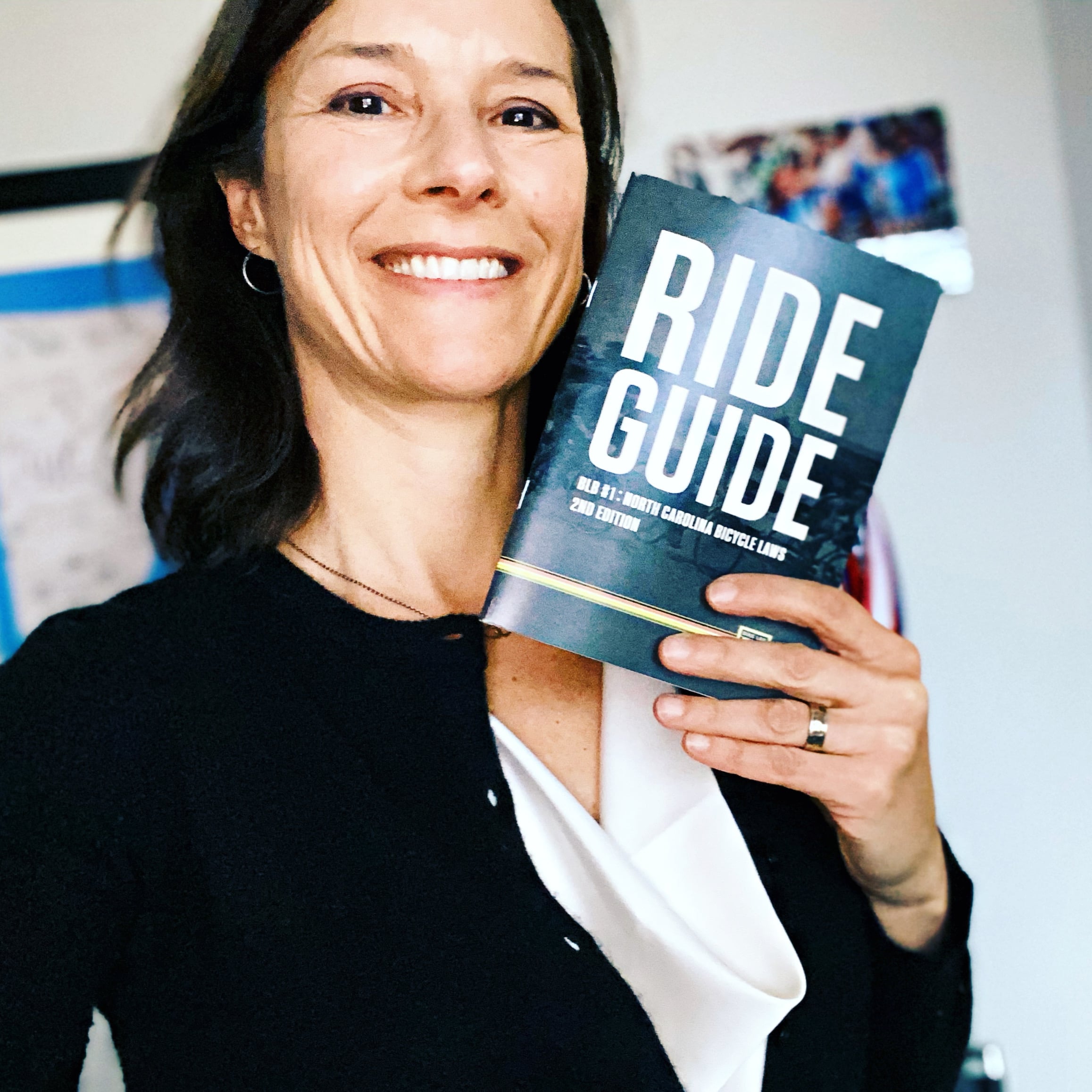
North Carolina lawyer and Bike Law founder, Ann Groninger, has advocated at the state level on behalf of bicyclists in North Carolina for over 15 years. Ann has offices in Charlotte and Durham and has helped bike accident clients in Asheville, Raleigh, Durham, Greenville, Wilmington, Fayetteville, and throughout the state. Read more about Ann on her bio page.



